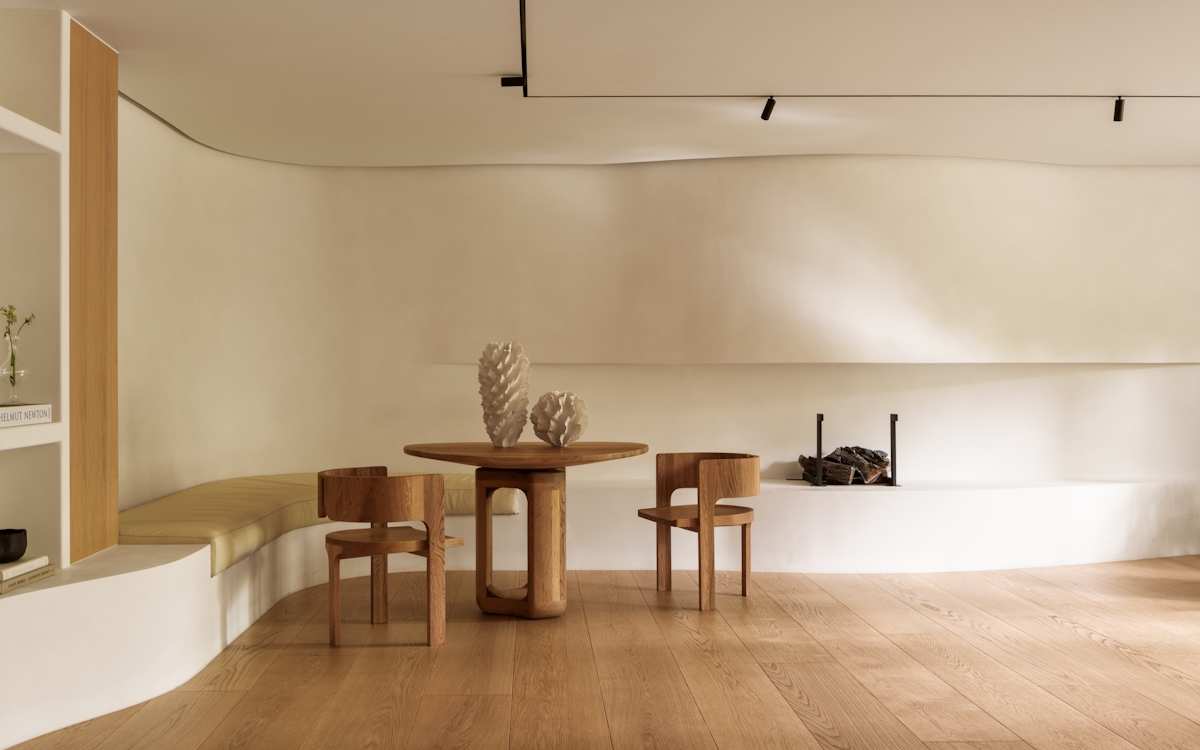A sideboard serves as a versatile piece in almost any room, whether greeting visitors in a hallway, housing a dinner service in a dining room or backing onto a sofa in a living room, and styling one is as simple as remembering a few basic design tips.
Master the art of sideboard styling with these easy-to-implement suggestions.


